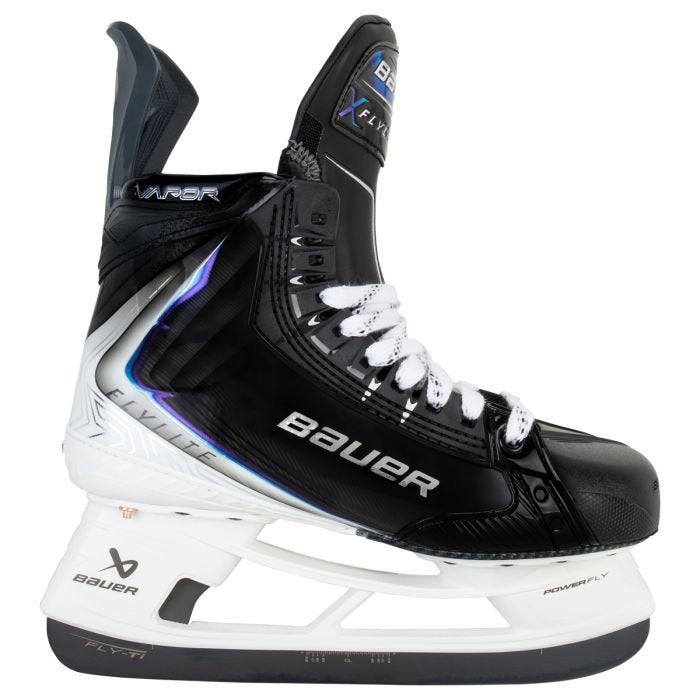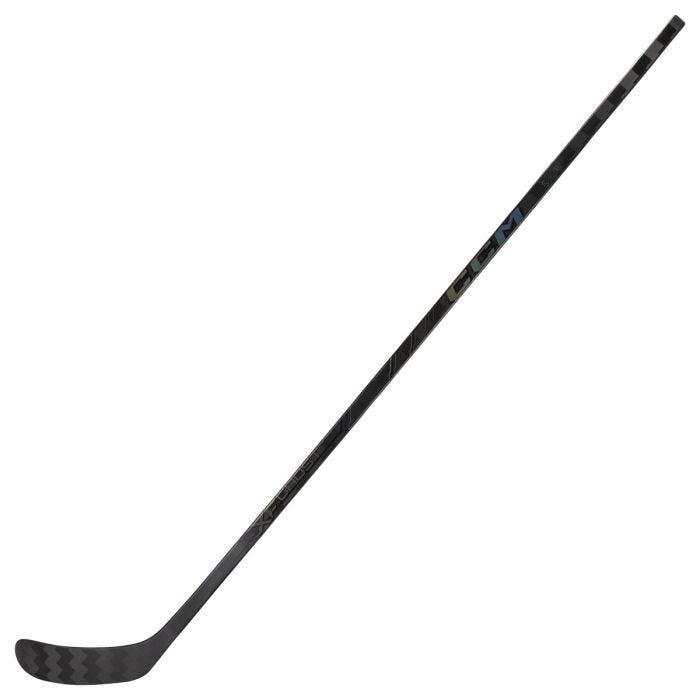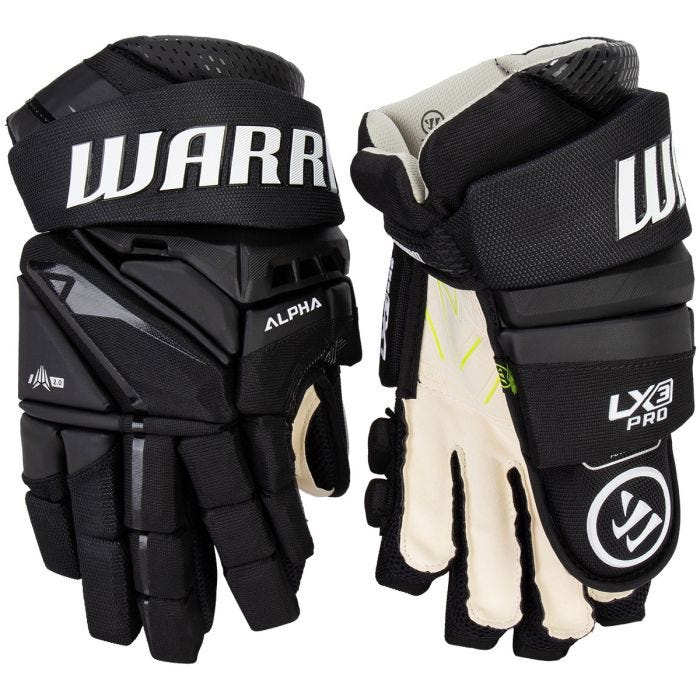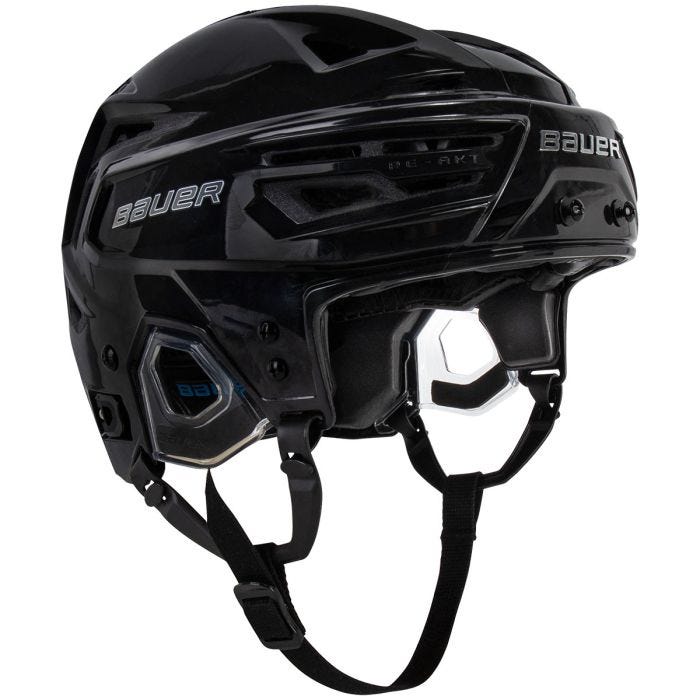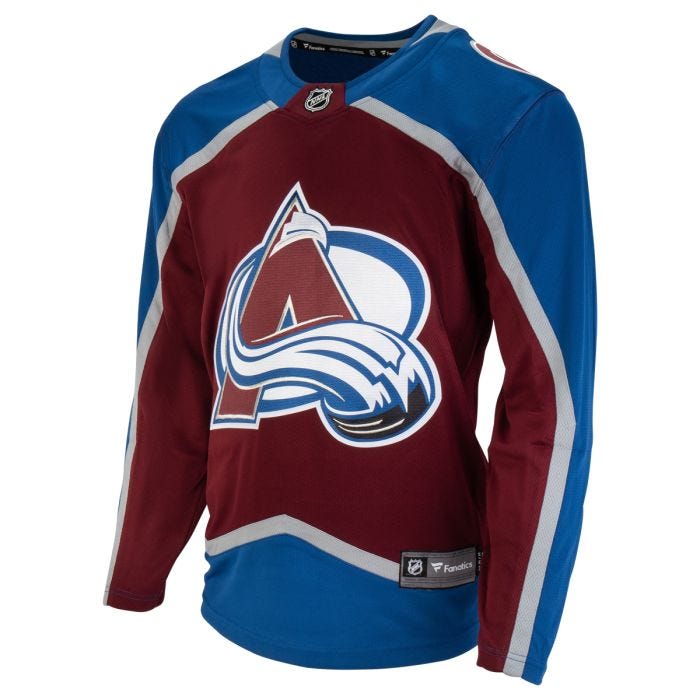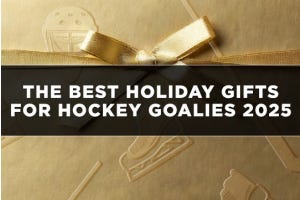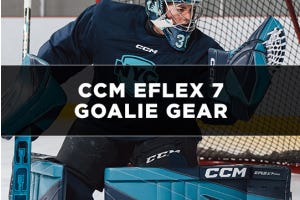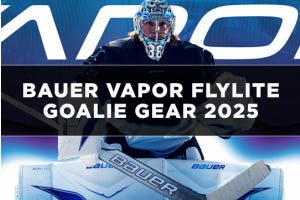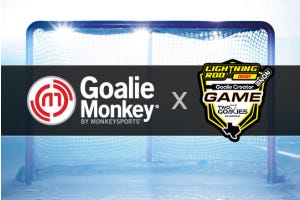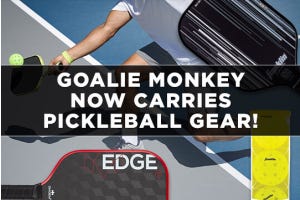Goalie Gear Guides
Choosing the right stick in hockey is crucial for performance, as it directly impacts a player's ability to handle the puck, shoot accurately, and pass effectively.
Maintaining clean goalie pads is essential for performance, longevity, and hygiene, ensuring that goalies stay at the top of their game. Regular cleaning not only
Maintaining clean goalie gloves is crucial for optimal performance on the ice. Clean gloves ensure a better grip on the puck, which is essential for making saves
In hockey, goalie jerseys stand out from standard player jerseys due to their specialized design, which serves both functional and strategic purposes. Unlike player
Goaltender protection in hockey is a crucial aspect of the game, emphasizing the safety and well-being of the goalie, who serves as the last line of defense against
Goalie cut jerseys differ from player jerseys in fit, protection, and flexibility. They have a wider cut in the chest, shoulders, and arms to accommodate goalie
A goalie mask dangler is a clear plastic shield that attaches to the bottom of a goalie mask, providing extra protection against pucks, sticks, and other impacts
GoalieMonkey Academy is bringing elite goalie training to Allen, Texas, offering goaltenders the chance to sharpen their skills with expert coaching. Whether you're
A well-fitted and comfortable glove can significantly impact a goalie’s performance. A properly broken-in glove not only prevents injuries but also enhances grip
Stepping into the role of a hockey goalie means gearing up to stay safe and play your best. It’s crucial to get every piece of equipment on just right—from your
When it comes to finding the perfect pair of hockey goalie pants, sizing can be a challenge due to the variations across different brands. Each brand, such as CCM,
Discover how break angles in goalie gloves affect your performance on the ice. Learn the differences to find the perfect fit for your style of play.
In this article,
Choosing the right goalie equipment can be confusing, especially when you're trying to figure out the differences between Pro, Senior, and Intermediate gear. Whether
The all-new Bauer Vapor Flylite goalie line for 2025 is built for goalies who want to move fast, stay controlled, and feel confident every time they hit the ice.
Built for goalies who rely on dynamic movement, controlled rebounds, and total responsiveness, the 2025 CCM EFlex 7 goalie line is the next evolution of CCM’s iconic
In this article, we will discuss:
Taping a goalie stick is important for players at all skill levels, as it enhances grip, control, and durability. For beginners, taping helps them establish a secure

